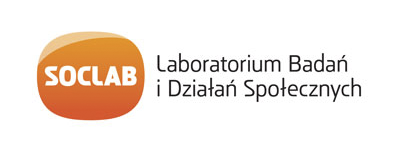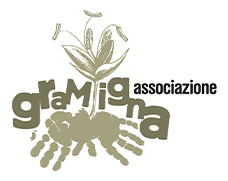EURECA
Good Practices
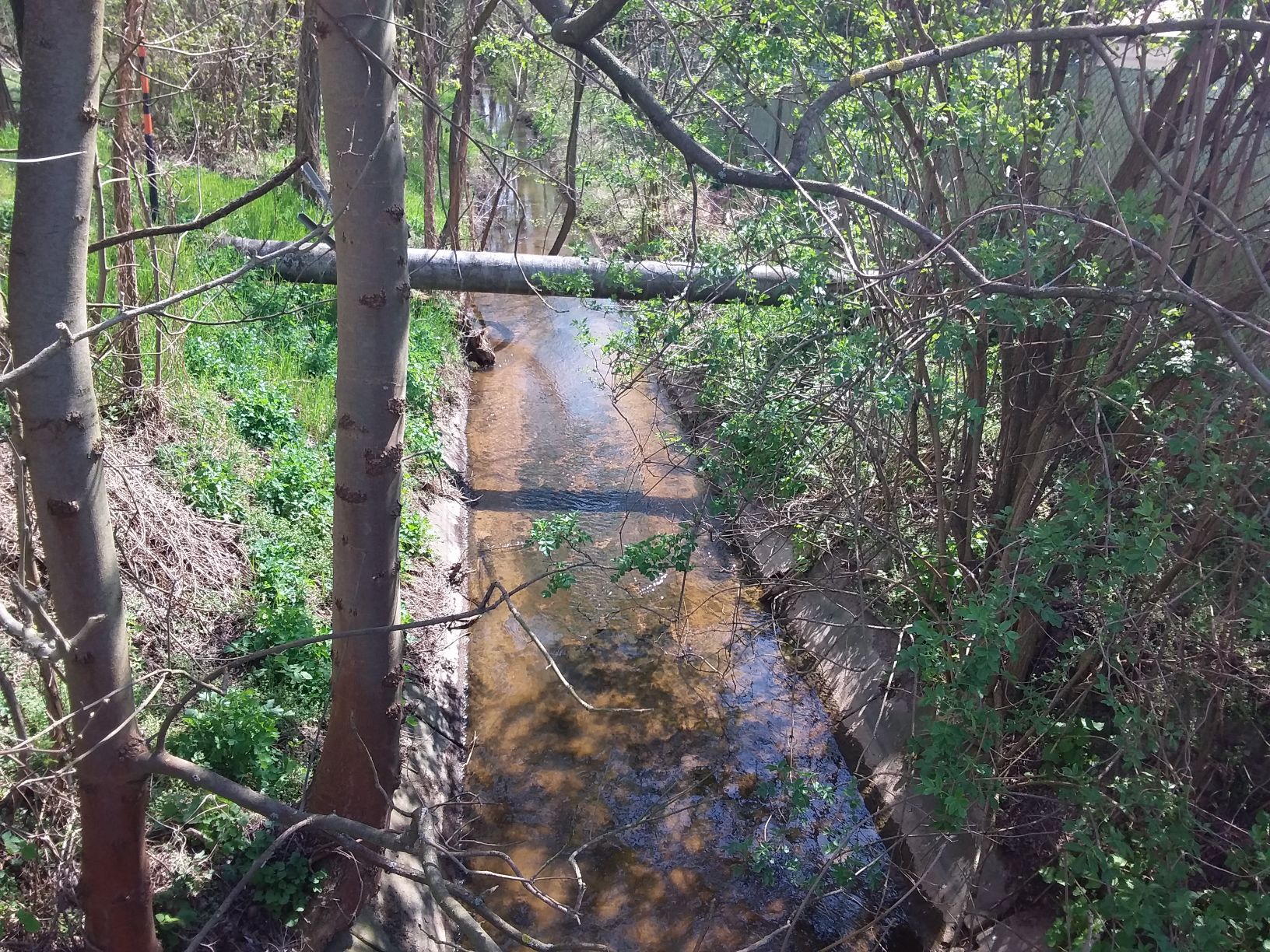
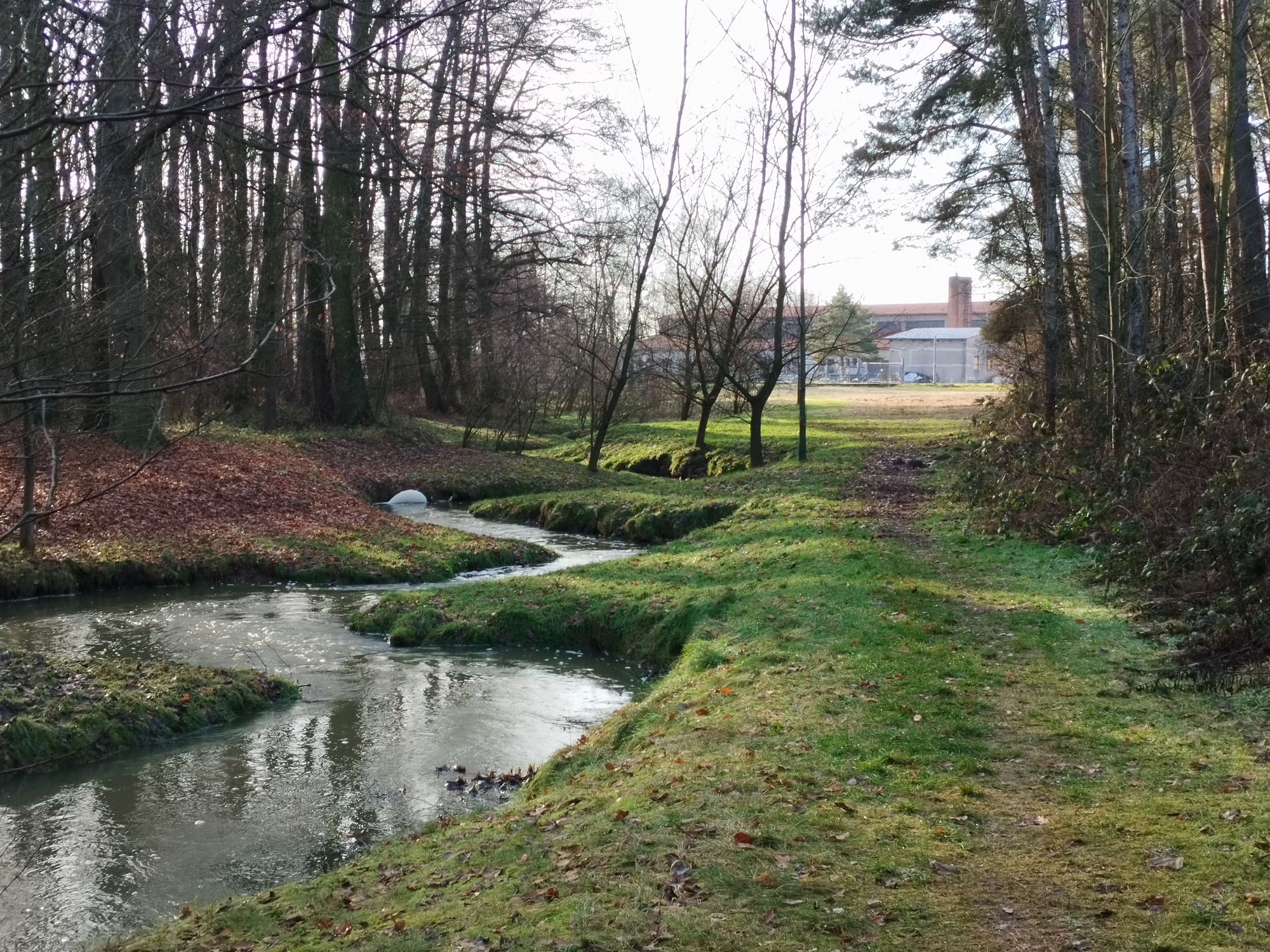
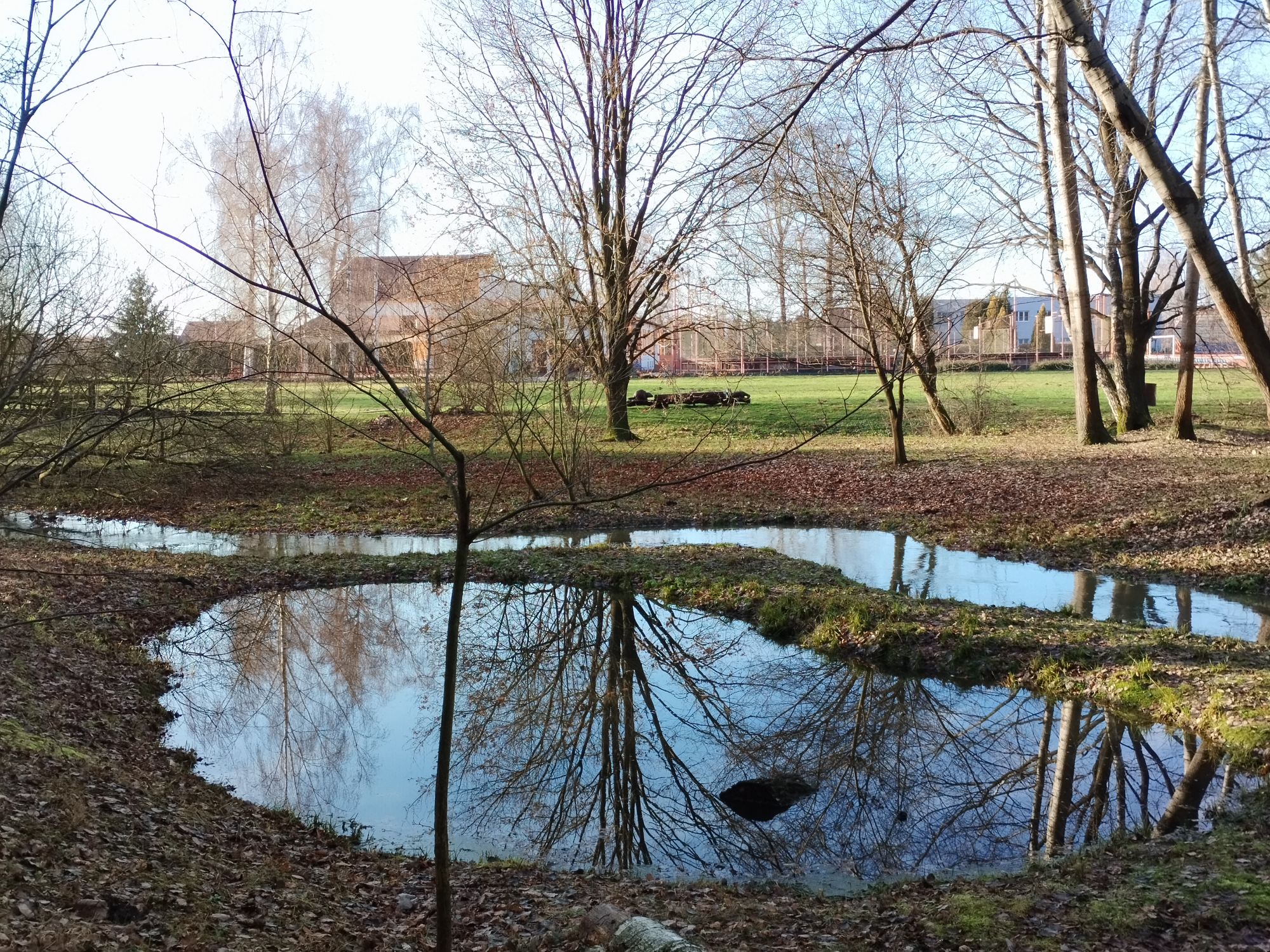 Pictures:
Pictures:Before revitalization / After revitalization / a small pool and meanders
Photos taken by Jiří Janoš and Michaela Vachunová
Revitalization water flow Bukovka in Živanice
Country:Main Subject:
Description:
The Czech Republic's purpose is to improve the water management for keeping water in the land in nature in its “National action plan” so mistakes could be corrected from the past when the main goal was rapid drainage thanks to a large-scale drainage system to prepare the farmlands for intensive production. By this way, there was a huge loss of water, about 10 million m3 the landscape every year.
The revitalisation of watercourses is a process of rectifying improperly performed alterations (flow control) towards the original, nature-close state in order to restore the natural function of aquatic ecosystems. The naturalisation of water courses and floods in the open countryside as well as in built-up areas combines environmental and water management interests. In most situations, it not only brings ecological rehabilitation, but also helps to save water in the landscape for times of drought, while mitigating the formation and course of floods.
Revitalisation as a naturalisation of the watercourse and floods by construction measures usually of an investment nature is carried out on the basis of a proper project processed by a person authorised for water works and after appropriate water consultation. The revitalization project is based on knowledge of river morphology and the relevant river pattern (hydromorphological type) and aims to design the shapes and dimensions of the water course corresponding to this type. It usually uses hydromorphological and water analysis, always based on a naturalistic assessment of the space addressed. Furthermore, the project is based on the best possible knowledge of the historical course of a given stretch of watercourse and uses comparisons with similar sections of the same or similar watercourse that have not been affected by technical modifications in the past.
The Czech Republic has a planned network of revitalization of rivers and streams. In our region, the revitalization of a watercourse called “Bukovka” is a very impressive intervention in the landscape. Due to an initiative of Živanice municipality, a stream"Bukovka" should have returned to a natural shape and to construct on it seven small pools (three of them are able to flow) and some wetlands as a main goal of revitalization.
In the past the natural watercourse of Bukovka was straightened and filled with concrete material which does not allow water to absorb water into soil.
The priority objective of this revitalization of the water flow was to restore the water stream to its historical and natural conditions and thus increase water retention. One of the main factors improving water retention in the landscape are especially high-quality forest stands, thick and continuous vegetation. The roughening bottom of the stream and its rippling, i.e. lengthening and mitigating the longitudinal inclination of the bank, slowed the water flow and thus extended the water flow time through this section. In meanders, water slowed down can seep better into the surrounding lands and create wetlands and ponds in the adjacent depressions.
As well the concrete material used to fortify a small stream is hydraulically smooth. From the point of view of water self-purification, this is a negative phenomenon. The bottom covered with stones has an active surface, one and a half up several times higher. So that effect of self-purification is better and depends on the time of contact of water with the surface of the section.
As part of this revitalization action, a neglected part of the community was improved and people find there a nice place for their relaxation.
Reference links:
SDG direct/ indirect short justification:
DIRECT SDGs:
- Sustainable water management (SDG 6)
INDIRECT SDGs:
- Promote sustainable ecosystems and widen biodiversity (SDG 15)
- sustainable and safe human settlements (SDG 11)
Justification:
- SDG 6 With good water management it is possible to keep water in the landscape and improve groundwater level.
- SDG 15 Return back to natural biodiversity and widen the ecosystem.
- SDG 11 Sustainable rural communities.
Keywords:
City:
Questions:
1. Which positive effects does a water revitalization bring?
2. Which negative effects does concrete material bring?
3. Which factors increase water retention?
Additional comments:
The natural function of the landscape has been strengthened; biodiversity has been restored. This revitalization has improved habitat diversity and living conditions for aquatic organisms.
Authors:
Jiří Janoš, Michaela Vachunová and Roxana Vachunová
Spolek absolventů a přátel zemědělské školy v Chrudimi z.s.
